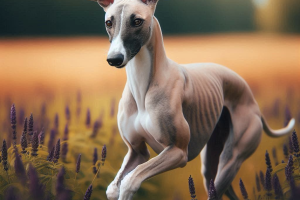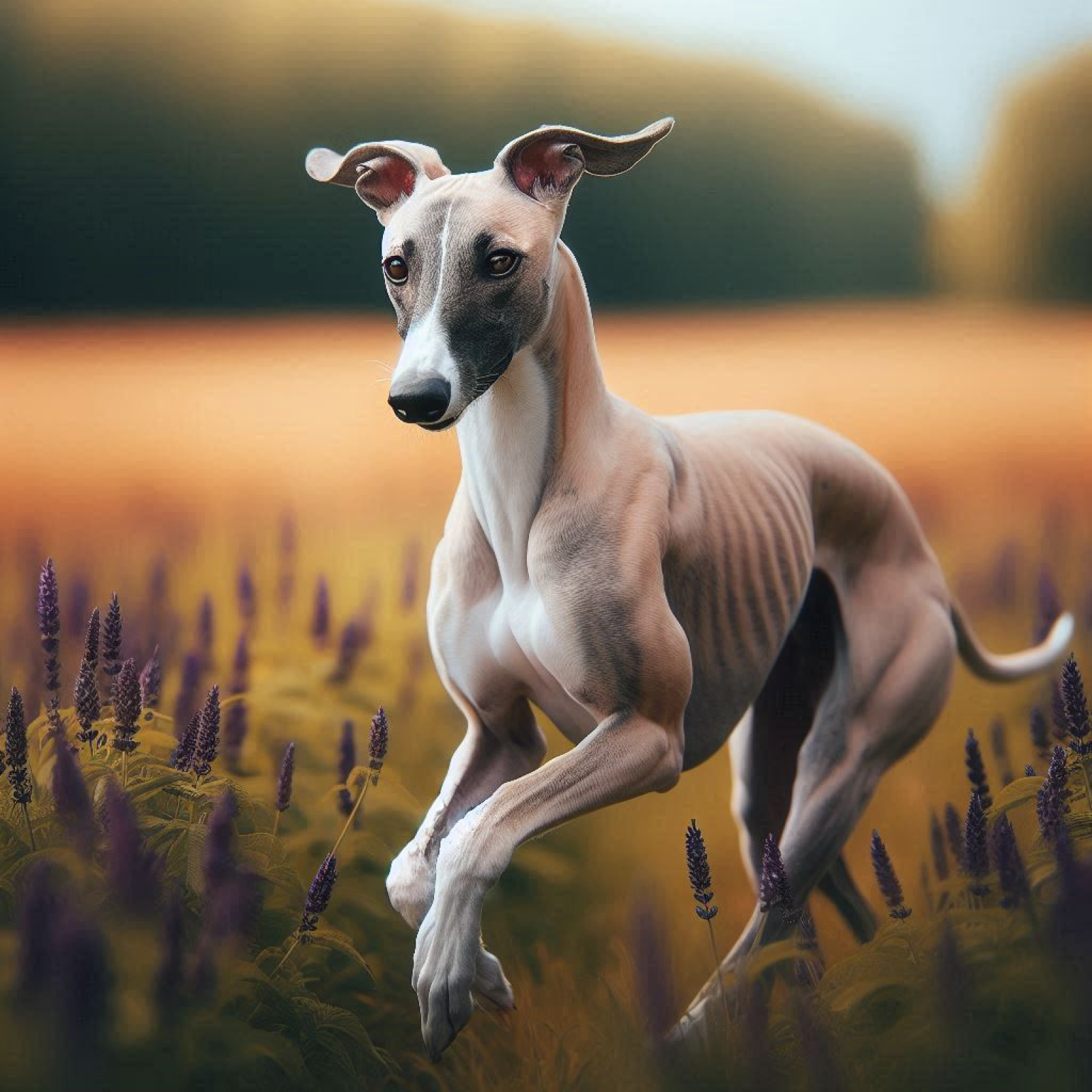Albanian Greyhound
Albanian Greyhound
Origin and History:
The Albanian Greyhound, also known as the Albanian Wolfhound, is a rare and ancient breed with a rich history. This breed is believed to have originated in the mountainous regions of Albania, where it was primarily used for hunting large game and guarding livestock. The breed's lineage includes crosses between local Albanian Cattledogs, Sheepdogs, and possibly wolves. Despite its historical significance, the Albanian Greyhound is extremely rare today, with fewer than 50 known individuals remaining.
Appearance:
The Albanian Greyhound is a large, well-boned dog with a lean and agile build. It typically stands around 30 inches tall at the shoulder, though smaller individuals are not uncommon. The breed has a deep chest, strong neck, and long legs, contributing to its athletic and powerful appearance. Its head is large and round, with a lupoid (wolf-like) muzzle and high-set ears, which are sometimes cropped. The coat is medium-length, rich, and harsh, commonly found in wolf-grey, fawn, and reddish-brown colors, often with white markings on the feet, chest, and tail.
Temperament:
Albanian Greyhounds are known for their independence and strong-willed nature. They are highly protective and can be aggressive, making them excellent guard dogs but requiring experienced handlers. These dogs are best suited for rural environments where they can have plenty of space to roam and fulfill their guarding instincts. Early socialization and consistent training are crucial to manage their natural assertiveness and ensure they are well-behaved companions.
Health:
Due to their rarity, specific health issues of the Albanian Greyhound are not well-documented. However, like many large breeds, they may be prone to conditions such as hip dysplasia and other joint problems. Regular veterinary check-ups and a balanced diet are essential to maintain their health and well-being.
Exercise and Training:
This breed requires a significant amount of exercise to stay healthy and happy. They thrive in environments where they can engage in vigorous physical activities such as running, hiking, and playing. Training should be firm and consistent, as these dogs are intelligent but can be stubborn. Positive reinforcement techniques work best to motivate them and build a strong bond with their owners.
Grooming:
The Albanian Greyhound's coat needs regular brushing to keep it free of mats and tangles. During shedding seasons, more frequent grooming may be necessary to manage loose hair. Bathing should be done as needed, depending on the dog's activity level and environment.
Living Conditions:
Given their size and energy levels, Albanian Greyhounds are not well-suited for apartment living. They do best in homes with large yards or rural settings where they can have ample space to move around. They are also well-adapted to colder climates, thanks to their dense coats.
Lifespan:
The average lifespan of an Albanian Greyhound is not well-documented due to the breed's rarity, but it is likely similar to other large breeds, around 10 to 12 years.
Conclusion:
The Albanian Greyhound is a rare and fascinating breed with a strong protective instinct and a rich history. They require experienced owners who can provide them with the exercise, training, and space they need to thrive. With proper care and attention, these dogs can be loyal and formidable companions.
: Molosser Dogs
Images generated by my favorite AI engine




